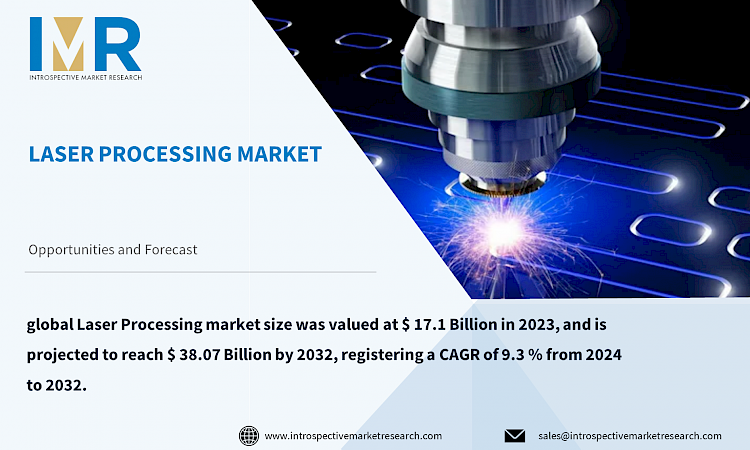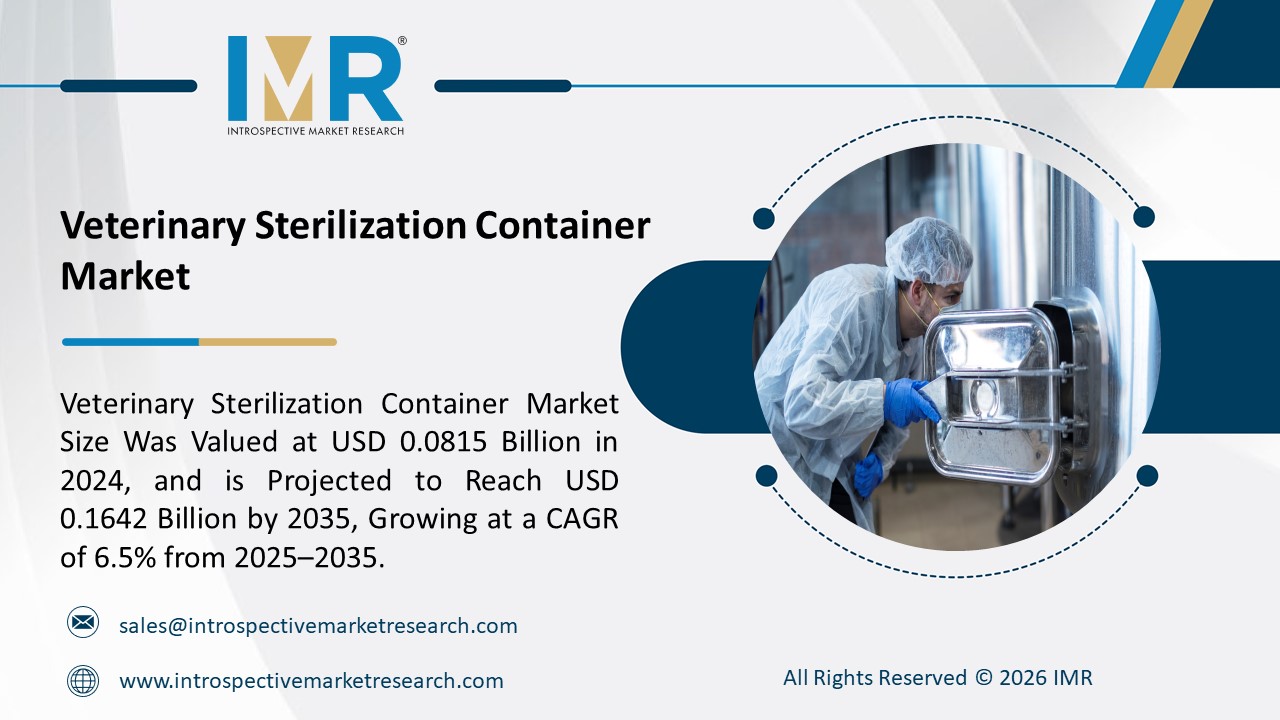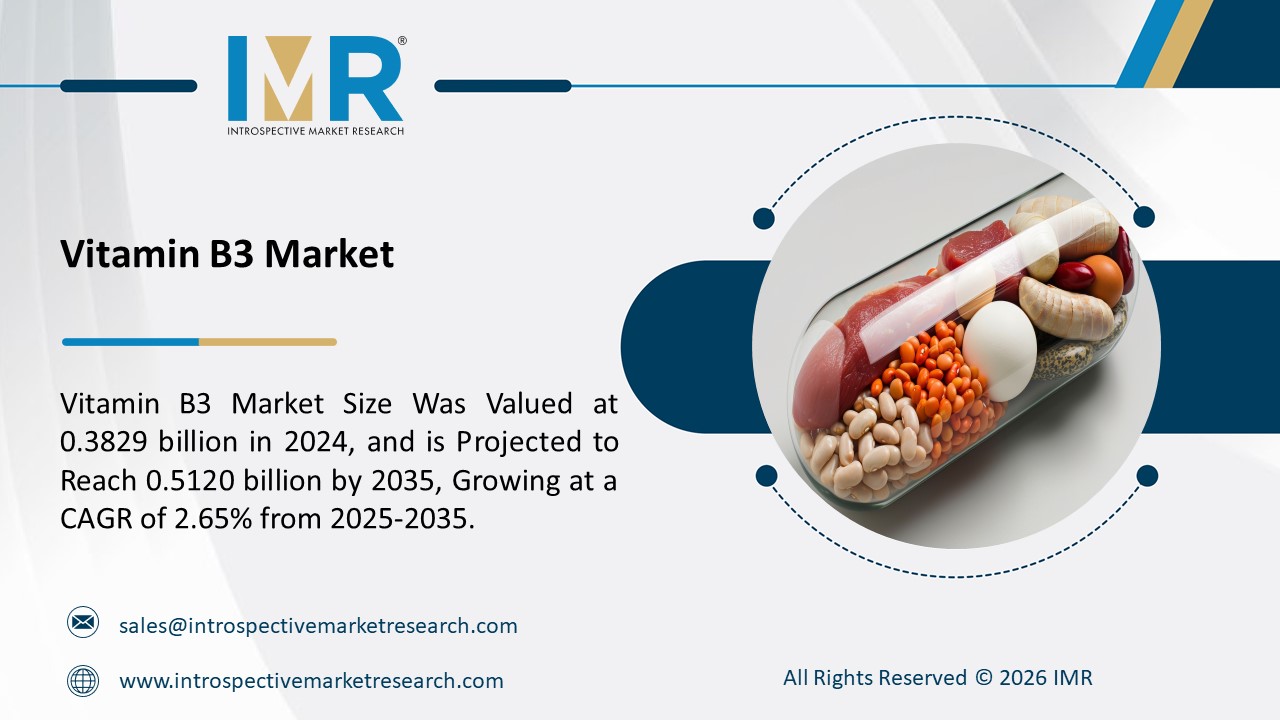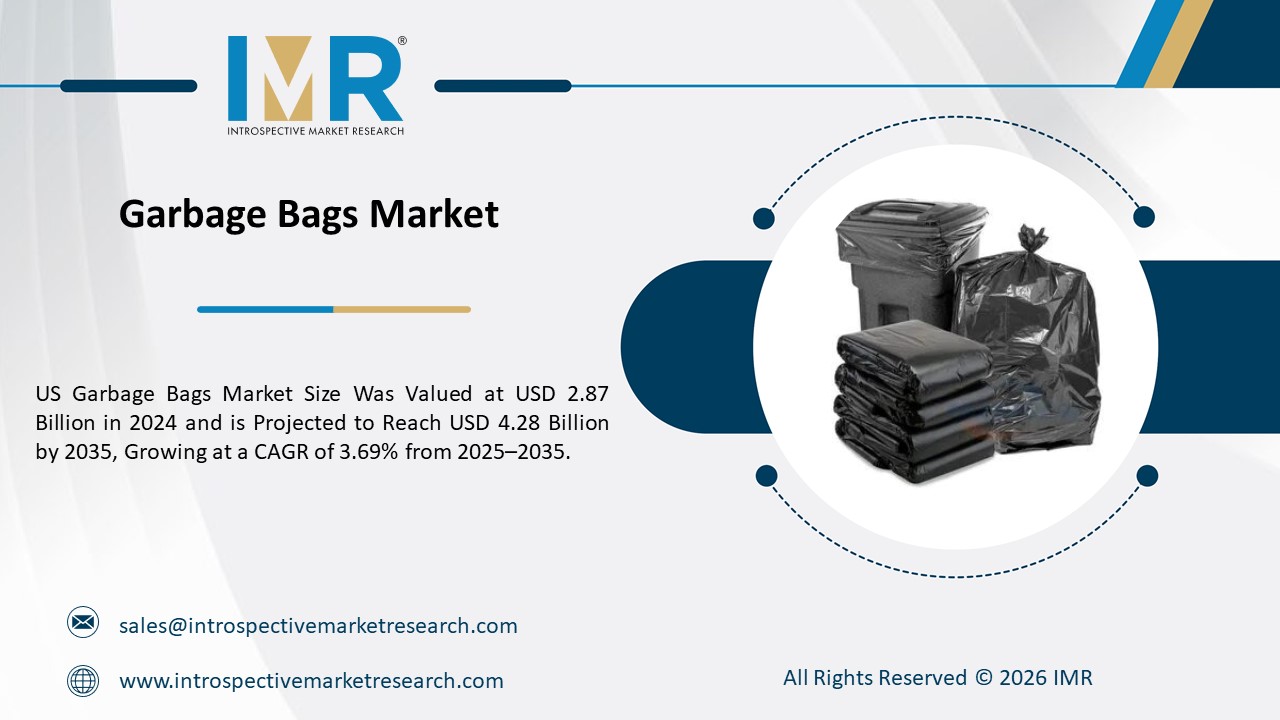
According to a new report published by Introspective Market Research, titled, ?Laser Processing Market Type, Laser Type, Application, End-User: Global Opportunity Analysis and Industry Forecast, 2024?2032,? the global Laser Processing market size was valued at $ 17.1 Billion in 2023, and is projected to reach $ 38.07 Billion by 2032, registering a CAGR of 9.3 % from 2024 to 2032. A concentrated light beam, or laser, is utilized in the flexible process of laser processing to modify various materials. With its potent force, this concentrated light source can precisely manage a wide range of processes. The fundamental idea is that the material interacts with the laser beam, causing localized melting, vaporization, heating, or other reactions based on contact time and power. This makes it possible to carefully alter the material's characteristics, form, or marks. Laser processing has several uses in various industries.
It performs exceptionally well in machining, drilling, and milling a variety of materials with low heat distortion and great precision. When it comes to combining comparable or dissimilar metals with strong, clean welds, it is vital. Laser processing is a desirable option for producers due to its many benefits. Because of the intensely focused beam that makes for accurate cuts, welds, and changes, its precision is unmatched.
The market is growing as a result of important sectors' growing requirements for laser processing. In the automobile industry, lasers are essential for cutting and welding car parts, particularly those made of materials that are lightweight and highly durable. To achieve industry standards for safety and performance, laser processing's crucial precision and efficiency are needed to maintain the quality and integrity of automobile components. Similarly, the aerospace industry uses lasers to precisely machine intricate parts that are present in spacecraft and airplanes. When shaping turbine blades or constructing intricate structural pieces, producers can satisfy the precise parameters required for aerospace activities thanks to laser processing. This capacity is essential for ensuring the dependability and effectiveness of aircraft systems under demanding circumstances.
The healthcare sector is moving toward less invasive treatments and microfluidic devices as a result of advances in medical technology, with laser processing setting the standard for these developments. In this discipline, lasers are essential for cutting delicate tissues precisely during minimally invasive treatments and for forming tiny fluid channels in medical equipment. The ability of laser technology to precisely manipulate materials on a small scale is crucial for contemporary medical procedures that place an emphasis on accuracy and minimally invasive techniques. There is a lot of potential for the medical industry to adopt laser processing more widely because of the growing need for cutting-edge medical solutions.
Global Laser Processing Market, Segmentation
The Laser Processing market is segmented on the basis of Type, Laser Type, Application, End-Users, and region.
Type:
The type segment is further classified into Gas Lasers, Solid State Lasers, Fiber lasers, and Others. Among these, the Gas Lasers sub-segment accounted for the highest market share in 2023. Gas laser technology has been around for many years, especially CO2 lasers. This maturity is demonstrated by well-established manufacturing procedures, easily accessible knowledge, and a robust service network. When compared to certain more recent technologies, such as fiber lasers, this leads to reduced initial equipment costs. Cutting, welding, and material ablation are just a few of the basic laser processing applications which CO2 lasers excel.
Application:
The application segment is further classified into Cutting, Making, Welding, Drilling, Engraving, Additive Manufacturing, and Others. Among these, the cutting sub-segment is anticipated to show the fastest growth by 2032. Metals, polymers, wood, and even fabrics may all be precisely and hygienically sliced using laser cutting technology. Its adaptability makes it a useful instrument for several industries, including construction, electronics, automotive, and aerospace. Unlike traditional cutting methods, laser cutting enables quick material processing with no heat distortion.
Region:
The Laser Processing market in North America is projected to show the fastest growth by 2032. The rise in government regulations and initiatives in the region is encouraging manufacturers to opt for Laser Processing. Compared to other regions, labor expenses are frequently greater for manufacturing in North America. Lasers' capacity to automate procedures and lessen the need for manual labor might be a big benefit that propels industry expansion. The use of laser processing is made possible by the robust advanced manufacturing technology ecosystem that exists in North America. This comprises established supply chains for laser parts and equipment, as well as easily accessible, skilled labor for running and maintaining laser systems.
Some of the leading Laser Processing market players are
- Coherent Corp. (US)
- Q-Peak Inc. (US)
- ROFIN-SINAR Technologies Inc. (US)
- IPG Photonics Corporation (US)
- Universal Laser Systems, Inc. (US)
- Xenetech Global Inc. (US)
- Epilog Laser, Inc. (US)
- Newport Corporation (MKS Instruments, Inc.) (US)
- LaserStar Technologies Corporation (US)
- Eurolaser GmbH (Germany), and Other Active Players.
Key Industry Developments
- In January 2024, With the completion of Novanta Inc.'s acquisition of Motion Solutions, we can now look forward to the possibility of using our combined technological capabilities to create cutting-edge intelligent subsystems.
Key Findings of the Study / Key Industry Developments.
- Gas lasers, eminently CO2 lasers, lead in 2023 because of laid-out cycles and cost-viability.
- Laser cutting sees fast development, offering exact cutting across metals, polymers, textures, with applications in development, hardware, car, and aviation.
- North America is expected to grow at the fastest rate by 2032, driven by the advanced manufacturing ecosystem and government regulations.





